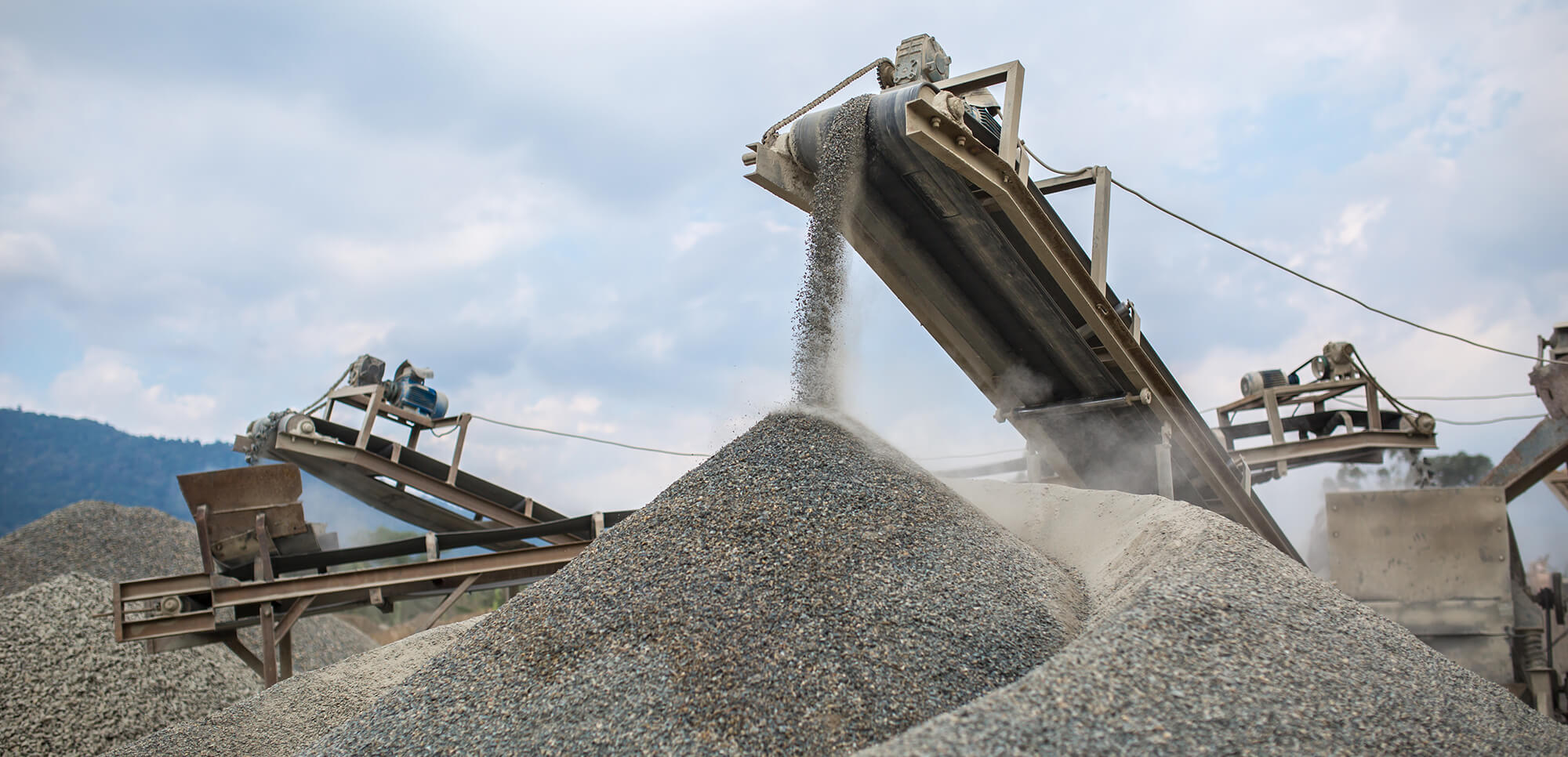What is crystalline silica?
Silica is a mineral made up of silicon and oxygen, two of the most common elements on the planet. It comes in several forms, although by far the most common is crystalline silica. Crystalline silica is so abundant that it makes up over 12% of the earth’s crust, making it the second-most common mineral on the planet.
Crystalline silica comes in the forms of quartz, cristobalite and tridymite. Quartz is the most common of these, which transforms into cristobalite when heated at high temperatures (over 1450 °C).

Crystalline silica is an extremely useful mineral, and products containing it have been used for thousands of years to build and make things. Crystalline silica is present in thousands of different raw materials, including almost all types of material extracted from the earth’s crust. It is present in almost all materials that are quarried, including sand, clays, gravel and metallic ores. It is hard, chemically inert, and has a high melting point, qualities which make it a valuable raw material for many industrial and manufacturing processes.
Find out more about what crystalline silica is used for

